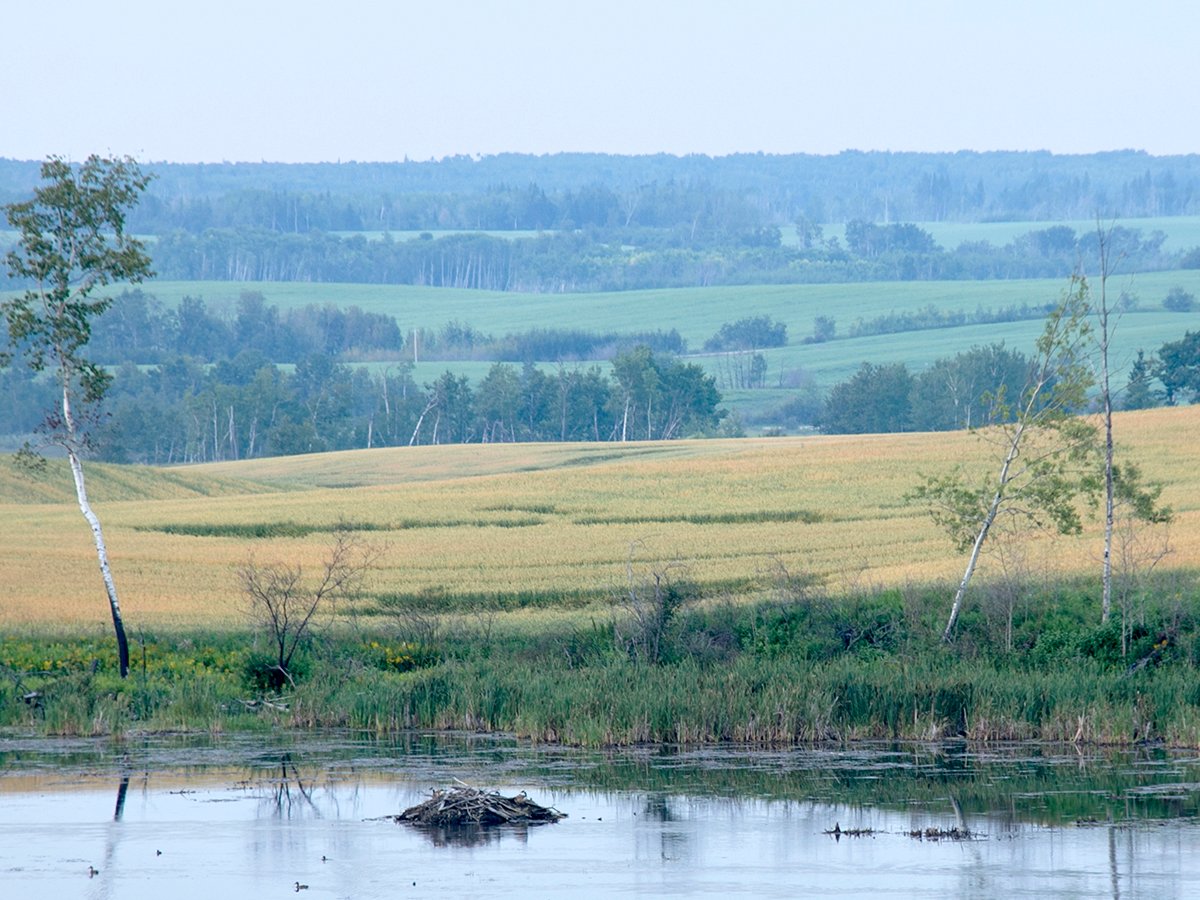BLAINE LAKE, Sask. – The drought has left lots of bare spots in Ann and
Fred Odnokon’s farm garden.
Last year’s photographs show lilies and other flowers that were lush
and tall. But in 2002, watering every other day has not been enough to
make up for the lack of rain. The area has had 30 percent of its normal
precipitation this year.
The more than 50 varieties of annuals and perennials have not stretched
to fill in the gaps.
Read Also

Intergenerational rollover rules can help succession plans
One of the most significant concerns in succession planning for farmers is the tax bill that can come with passing the farm to the next generation.
“Lilies are my favourite because they do so well here,” said Odnokon of
her garden located a few kilometres north of the North Saskatchewan
River in the parkland belt.
She has some unique colours, and bought many of her bulbs when lily
breeder Bert Porter’s Parkside, Sask., business was sold a few years
ago.
She seldom uses seed catalogues to get what she wants, preferring to
patronize a local garden store and nearby nursery. She also raises
petunias, cabbage and tomatoes from seed in a greenhouse.
The farm’s vegetable garden looks healthier than the flowers, even
though it is located outside the sheltering ring of trees around the
house.
When the Odnokons bought their farm, the land was all open. They
planted 3,500 trees in 1976 that they got from the Prairie Farm
Rehabilitation Administration nursery in Indian Head, Sask. A recent 80
km-h wind broke off a big willow branch.
“It looked kind of pretty over the garden but I thought it might crush
some plants, so we cut it off.”
Farming is “just a hobby” now, Fred said. They rent out most of their
land, but still grow wheat and barley and raise a few cattle on 180
acres.
Like many farmers across the central grain belt, they will turn their
expectations to next year country.














